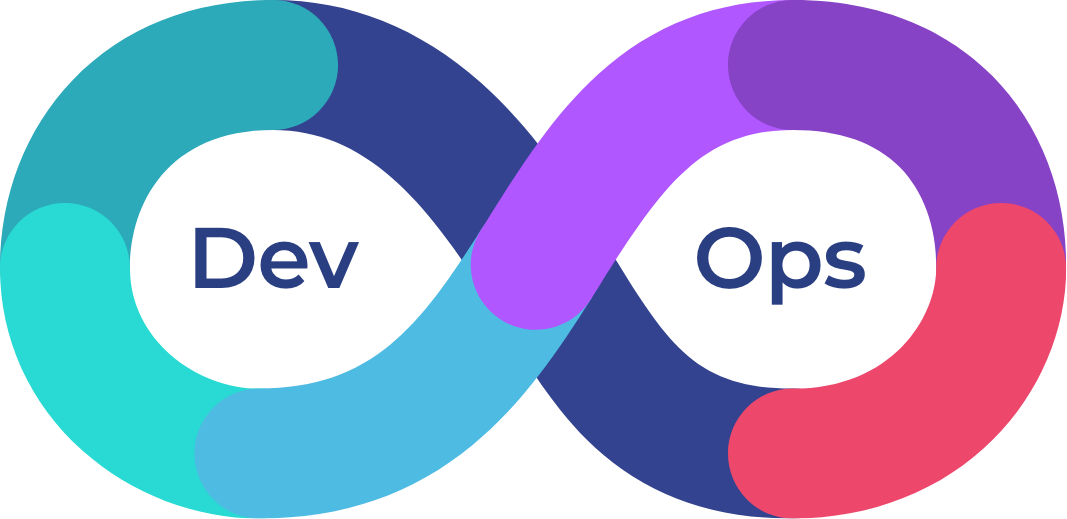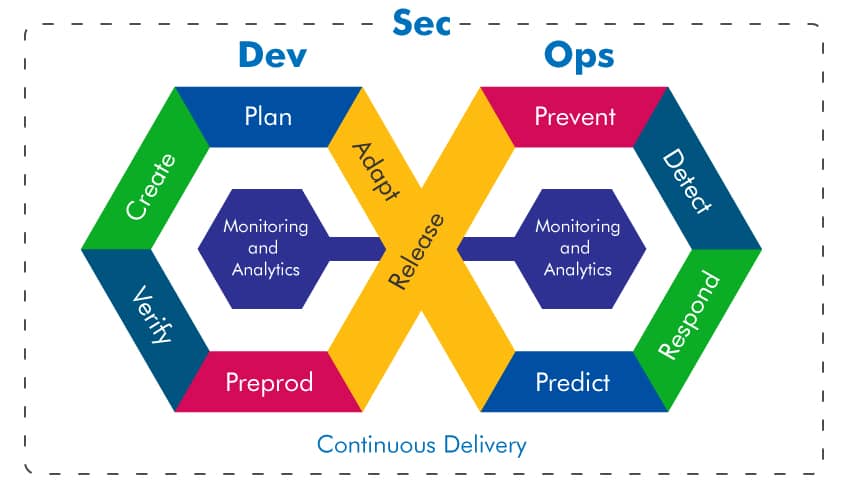DevOps - An Overview of its Origins and Principles
DevOps has emerged as a pivotal methodology in software development, blending agility and operational efficiency to achieve rapid, high-quality releases. The term “DevOps” itself has become widely used, often misunderstood, but crucially important for teams seeking to bridge the gap between software development and IT operations. In this blog post, we delve into the origins, fundamental concepts, and the core principles that underpin DevOps. By understanding the history and evolution of DevOps, you’ll gain insights into how it has transformed the IT landscape and why it continues to be a critical part of modern software engineering.
What is DevOps?
DevOps is often considered an overused buzzword, with different meanings depending on the context. However, rather than trying to pin down a strict definition, it is more effective to understand the fundamental concepts that are widely associated with DevOps and examine its origins to grasp its purpose.
DevOps is essentially an extension of Agile Software Development, emerging out of a necessity to accelerate software delivery while maintaining high performance. The evolution of Agile methods over the past decade has led to the realization that a more holistic approach to the software delivery lifecycle was needed.
| Concept | Description |
|---|---|
| Agile Development | An umbrella term for iterative and incremental software development methodologies like Scrum and Kanban. |
| Collaboration | Promotes communication and collaboration between development and operations to streamline delivery. |
| Automation | Focus on automating the software build, validation, and deployment processes for consistency. |
| IT Mindset | Encourages shared responsibility across Dev and Ops teams, enhancing support from ideation to delivery. |
The core idea of DevOps is to foster collaboration, communication, integration, and automation between software developers and IT operations. This leads to improvements in the speed and quality of software delivery while empowering cross-functional teams with full ownership of software applications—from design through to production support.
Agile Software Development
Agile methodologies, such as Scrum, Kanban, Lean Development, and Extreme Programming (XP), share a common vision of enhancing software through continuous planning, testing, and integration. Originally, Agile teams were primarily focused on developers, but it quickly became apparent that separating development and Quality Assurance (QA) was inefficient. As such, Agile evolved to encompass both development and QA, extending further to include delivery and support, thereby making the entire process more agile.
The most important aspect of Agile is that it focuses on empowering people to collaborate and make decisions effectively, reducing the need for rigid processes that stifle innovation.
The Evolution from Agile to DevOps
From Agile to DevOps: Bridging the Gap
As Agile methods matured, the need for increased cohesion between development and operations became evident. While Agile improved the speed of feature development, the hand-off between Dev and Ops often introduced delays and miscommunication—hence the term “throwing over the wall”.
| Agile Focus | DevOps Extension |
|---|---|
| Iteration | Continuous improvement of software through smaller, manageable increments. |
| Developer-Only Focus | Expands to include IT operations to ensure full ownership and maintainability from build to production. |
| QA Integration | QA is embedded, but DevOps takes a step further to encompass deployment and support for true agility. |
| Tools & Automation | Automates processes, ensuring consistency in deployment and testing. |
DevOps idealizes the standardization of development environments and promotes automation to increase the predictability and efficiency of software delivery. The aim is to empower teams, giving them more control of the production environment, better understanding of the production infrastructure, and ultimately enabling them to support their applications throughout their lifecycle.
DevOps Principles
The principles of DevOps can be summarized through the following aspects:
- Holistic Lifecycle Approach: DevOps encourages a more integrated approach to the software lifecycle. Teams involved are no longer limited to only building code but also include testing, deployment, and monitoring.
- End-to-End Ownership: Cross-functional teams hold responsibility for the entire application lifecycle. This autonomy fosters a sense of ownership, leading to better quality, as there is no division of responsibility between different stages of the application.
- Automation and Continuous Delivery: Automation is the bedrock of DevOps, significantly improving the consistency and quality of the software delivery pipeline. This includes automating the build, validation, and deployment stages.
DevOps Practices and Tools
Standardizing Environments and Automation
In DevOps, automation and standardization are essential for achieving delivery predictability and efficiency. Standardized development environments help to remove inconsistencies, and by automating the testing, integration, and deployment processes, teams can focus more on innovation rather than on mundane repetitive tasks.
| DevOps Practice | Purpose |
|---|---|
| Infrastructure as Code (IaC) | Automates infrastructure setup, ensuring consistency across setups. |
| Continuous Integration (CI) | Integrates code changes frequently, with automated testing. |
| Continuous Delivery (CD) | Ensures code changes are automatically tested and prepared for release. |
| Monitoring and Logging | Monitors applications and infrastructure for insights and early detection of issues. |
- Continuous Integration and Continuous Delivery (CI/CD) pipelines automate the movement of code from development to production.
- This improves delivery consistency, reducing manual errors, and allowing teams to scale faster.
Collaboration Tools and Culture
DevOps requires a shift in organizational culture. This cultural shift is about breaking silos and creating an environment where collaboration between traditionally separate roles—development, IT operations, QA, and security—is encouraged.
Tools like GitHub, Jenkins, Docker, and Kubernetes play a vital role in implementing DevOps practices by providing version control, CI/CD pipelines, and container orchestration.
- Jenkins helps automate parts of software development related to building, testing, and deploying, making CI/CD possible.
- Tools like Docker and Kubernetes help standardize environments and make scaling applications more efficient and consistent.
DevOps has evolved from a collection of best practices in software development and operations into a comprehensive approach that unifies teams, automates processes, and empowers ownership. By bridging the gap between development and operations, DevOps accelerates software delivery, improves quality, and increases collaboration across all stakeholders.
Understanding DevOps not just as a set of practices, but as an IT mindset that fosters collaboration and shared ownership, is essential for modern software development. Teams that embrace DevOps can achieve faster delivery, reduce inefficiencies, and respond more effectively to customer needs.
Whether you are starting your DevOps journey or looking to refine your processes, remember that the key is collaboration, automation, and continuous improvement. Embrace these principles, and you’ll be well on your way to mastering DevOps.
For further insights, consider exploring more about the history of DevOps and its relationship with Agile methodologies by visiting DevOps-Guide GitHub Repo.

